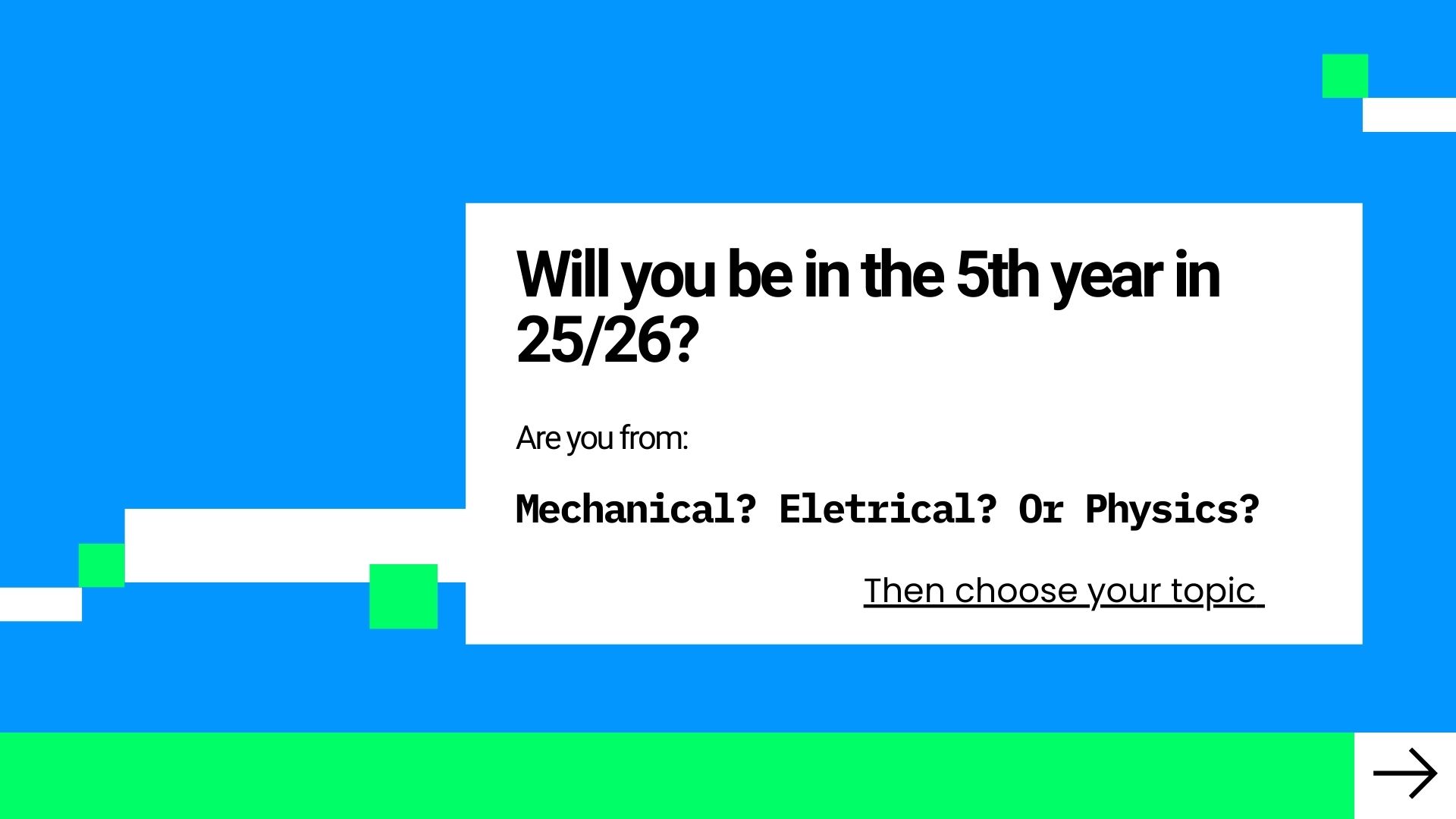
About HELIANTO
This CAPSTONE project seeks to address key challenges in promoting the widespread adoption of solar-powered rail vehicles. These challenges include designing advanced solar panel systems to optimize energy collection, improving energy storage and management capabilities, and integrating autonomous driving technology.
The scaled vehicle, named Helianthus after the scientific name of the sunflower, aims to showcase cutting-edge technology that is both innovative for the rail industry and aesthetically appealing. By prioritizing user-friendly features, the project intends to encourage more people to choose public transport as their preferred mode of travel.
Area of Expertise Involved:
- Electrical and Computer Engineering
- Engineering Technology Physics
- Mechanical Engineering
- Environmental Engineering
- Civil Engineering
Sustainable Mobility
A revolutionary solar-powered train designed for urban and rural transportation with zero emissions and high energy efficiency
Innovative technology
Equipped with advanced solar panels, regenerative braking and AI-based autonomous driving for maximum efficiency
Real-world applications
Helianto is designed for tourism, urban transportation and ecological solutions in various locations
Collaborative Research
Developed by IST researchers in Mechanical, Electrical and Environmental Engineering, in partnership with industry leaders
Project Goal
The goal of this project is to design and build a scaled railway vehicle powered by solar energy, developed through MSc theses, serving as a proof-of-concept prototype.
The success of this CAPSTONE project will pave the way to pursue future projects aiming to:
Develop an improved second prototype at full scale to be tested under real operating conditions;
Industrialize the production of solar-powered rail vehicles tailored for the tourism sector (niche market);
Create a solar-powered vehicle designed for urban transit systems, such as tram networks (broader market);

